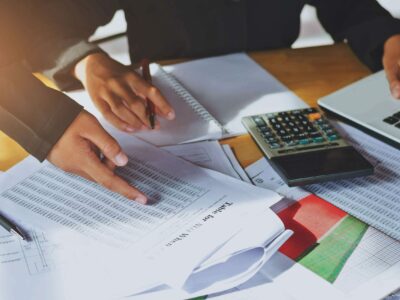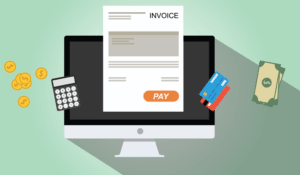What Are Liabilities in Accounting? With Examples

A wine supplier typically doesn’t demand payment when it sells a case of wine to a restaurant and delivers the goods. It invoices the restaurant for the purchase to streamline the drop-off and make paying easier for the restaurant. Liabilities are categorized as current or non-current depending on their temporality. They can include a future service owed to others such as short- or long-term borrowing from banks, individuals, or other entities or a previous transaction that’s created an unsettled obligation. Working capital is considered a static metric because it only captures a snapshot of a business’ financial health at a particular moment. This limitation can obscure the real-time impact of fluctuating market conditions on profitability.

Does the debit side of any account always increase when there is an entry on the credit side?
Like assets, liabilities are originally measured and recorded according to the cost principle. That is, when incurred, the liability is measured and recorded at the current market value of the asset or service received. As a small business owner, you’re going to incur different types of liabilities as you operate. It might be as simple as your electric bill, rent for your office or other types of business purchases.

Types of Liability Accounts – Examples
Businesses will take on long-term debt to acquire new capital to purchase capital assets or invest in new capital projects. Additionally, income taxes payable are classified as a current liability. The amount of taxes a company owes might fluctuate based on its profitability and tax planning strategies.
Balancing Assets vs. Liabilities
When it comes to accounting processes for your small business, there can be a lot to know and understand. This is why it’s important to understand what https://www.facebook.com/BooksTimeInc/ liabilities are since they play a critical role in your business. Even if it’s just the electric bill and rent for your office, they still need to be tracked and recorded.
When you look at a business’ balance sheet, you’ll find its liquidity, with each asset having a unique liquidation amount. Current assets refer to a business’ cash and the assets that can be converted into cash within 12 months. Working capital and net working capital are sometimes used interchangeably, as they both https://www.bookstime.com/articles/accountant-for-independent-contractors represent a business’ ability to operate efficiently while paying off its debts. But, there’s a slight difference in how they’re calculated and what they are used to measure.
- The difference between the assets and liability within the company’s management and financial direction needs to be kept in control.
- By analyzing the types, amounts, and trends of a company’s liabilities, it is possible to gauge its financial position, stability, and risk exposure.
- Whether this transaction has occurred in the past, or is set to happen in the near future, everything must be documented.
- The most common liabilities are usually the largest such as accounts payable and bonds payable.
- In this case, the business is purchasing something on credit from the merchant, who essentially becomes a lender.
- Accounts payable, accrued liabilities, and taxes payable are usually classified as current liabilities.
- Since increases in capital are recorded on the credit side of the capital account, all incomes are also recorded on the credit side of the relevant account.
- An expense is the cost of operations that a company incurs to generate revenue.
- These liabilities usually refer to payments owed to suppliers, taxes, any financial charges, and more.
- Finance Strategists has an advertising relationship with some of the companies included on this website.
These assets usually depreciate over time, and businesses account for this depreciation when calculating their long-term value. Hence, when receiving funds from any business activity, we make an entry on the credit side of the relevant income or revenue account. Usually, but not always, there will be no entries made on the debit side of the accounts kept for income and revenue. Notice that the rules of debit and credit for asset accounts are exactly the opposite of the rules of debit and credit for liability and capital accounts. For example, the amount payable to United Traders on the first day of the accounting period is recorded on the credit side of the United Traders Account. A current liability is an amount owed what accounts are liabilities by a company to its creditors that must be paid within one year or the normal operating cycle, whichever is longer.

Financial Assets

A liability is a legally binding obligation payable to another entity. Liabilities are incurred in order to fund the ongoing activities of a business. These obligations are eventually settled through the transfer of cash or other assets to the other party. A company’s net worth, also known as shareholders’ equity or owner’s equity, is calculated by subtracting its total liabilities from its total assets.
